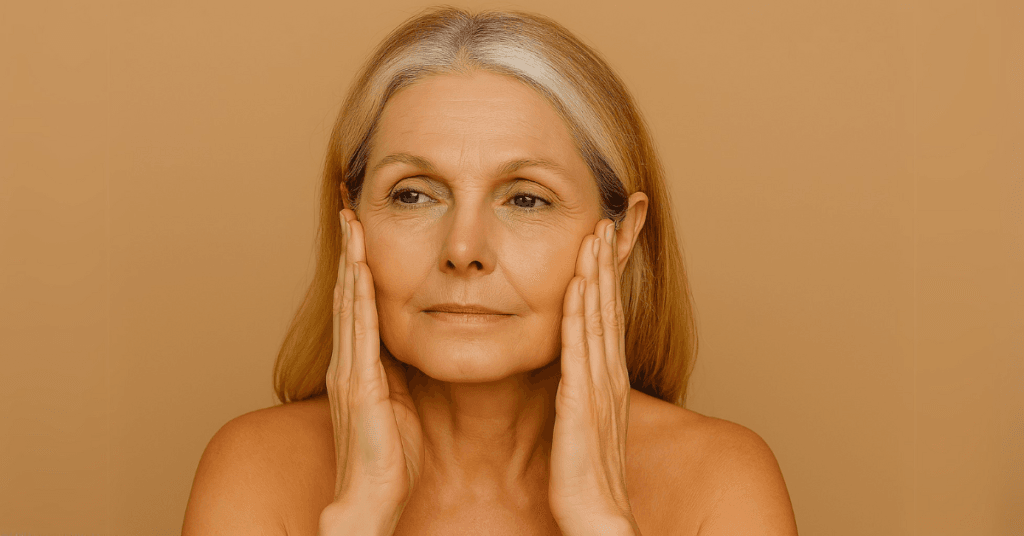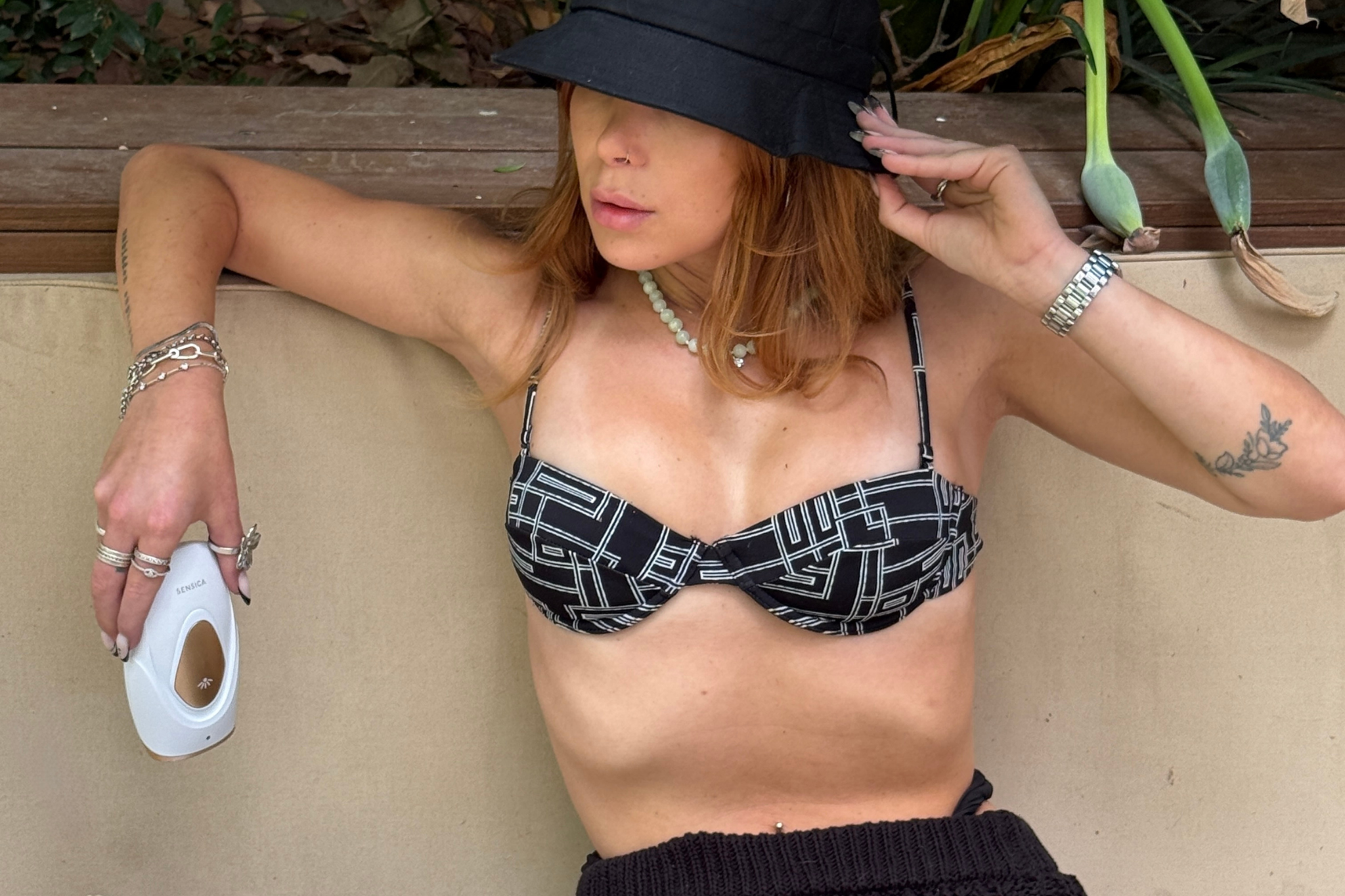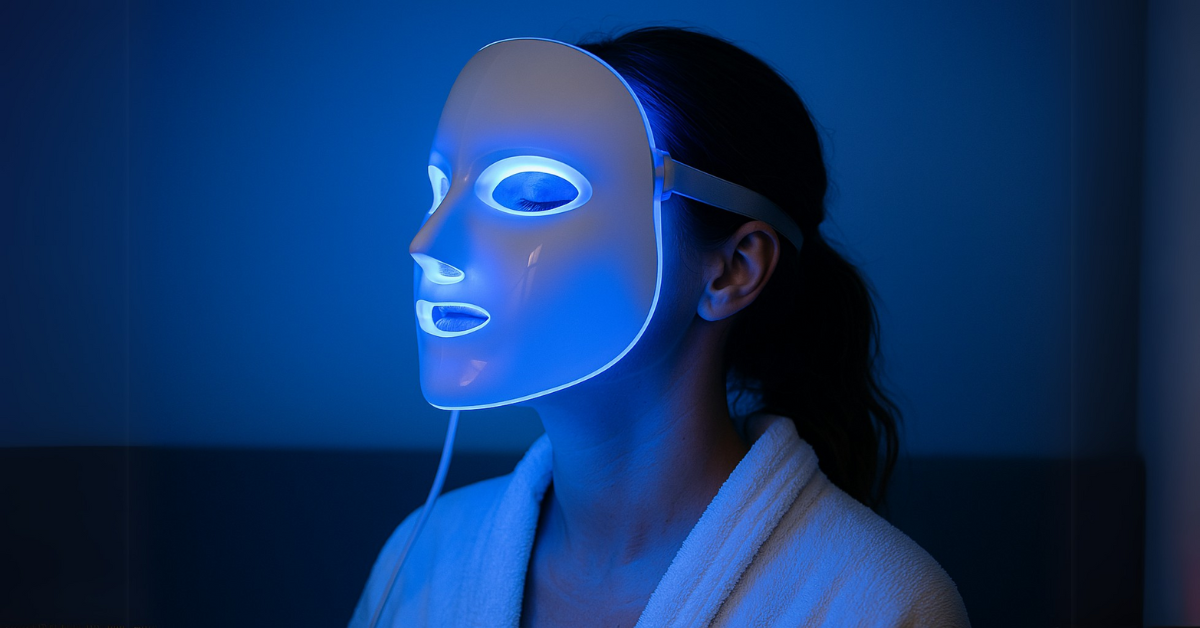Let’s get something straight: Botox is great at what it does. It freezes movement. It softens expression lines. It gives your forehead that smooth, glassy finish in under 15 minutes. But here’s the truth most injectors won’t say out loud: Botox doesn’t treat collagen loss.
So, if you’re noticing crepey texture, fine lines around your mouth, or a general sense that your skin has “lost its bounce,” the problem isn’t just muscle movement. It’s structural. And for that, you need to focus on collagen stimulation and skin rejuvenation — not just muscle paralysis.
In this dermatologist-edited guide, we’ll break down the real science behind fine lines, what causes them, and the most effective ways to treat them long-term (no needles required).
The Real Reason Fine Lines Show Up
Fine lines aren’t just the result of smiling too much (although if they were, you’d be in good company). They come from a combination of:
- Collagen breakdown from sun exposure, aging, and inflammation
- Loss of elastin and hyaluronic acid, making skin thinner and less bouncy
- Environmental stressors, like pollution and lifestyle habits
- Dehydration, which can make lines look worse than they are
Botox targets dynamic wrinkles — the kind formed by repeated movement (hello, 11s and crow’s feet). But it does nothing for static wrinkles or the underlying support structures of your skin.
So what does?
How to Actually Treat Fine Lines: A Layered Approach
Think of fine line treatment like building a house: Botox is the paint. It looks nice, but you still need strong beams (collagen), insulation (hydration), and structure (elastin) to keep it all standing.
Here are the most effective strategies for real skin rejuvenation:

1. Radio Frequency (RF) Therapy
Radio frequency is one of the most effective non-invasive ways to stimulate collagen production in the dermis. It uses controlled heat to trigger a wound-healing response, which signals fibroblasts to get to work rebuilding collagen and elastin.
Benefits of RF for Fine Lines:
- Improves skin tightness and elasticity
- Softens fine lines around the mouth, eyes, and neck
- Smooths crepey texture over time
Try it with: A home-use RF device designed for safe, consistent stimulation. Look for clinical validation and user-friendly design.
2. Peptides: The Unsung Heroes of Topical Skincare
Peptides are short chains of amino acids that act like messengers, telling your skin to make more collagen, elastin, or even hyaluronic acid. They’re one of the best-studied ingredients for targeting the visible signs of aging without irritation.
Top Peptides to Look For:
- Matrixyl 3000: Stimulates collagen and reduces wrinkle depth
- Argireline: Sometimes called “Botox in a bottle” for its muscle-relaxing effect
- Copper peptides: Promote healing and firmness
Use daily under moisturizer, or layered with hyaluronic acid for maximum absorption.
3. Microcurrent Therapy
Microcurrent uses gentle electrical impulses to stimulate facial muscles, improve circulation, and enhance ATP production in cells. It doesn’t just lift — it energizes your skin at a cellular level.
How Microcurrent Helps Fine Lines:
- Firms and tones underlying muscle structure
- Boosts product absorption and hydration
- Improves lymphatic drainage (hello, glow)
Pair with a hydrating conductive gel that contains peptides for a double benefit.
4. Retinoids and Their Gentle Cousins
Retinoids are vitamin A derivatives that increase cell turnover and collagen production. Yes, they can be irritating for sensitive skin, but lower-strength forms like retinaldehyde and granactive retinoid offer similar results with less risk of dryness.
Apply 2-3 times per week to start, and always use SPF in the morning (retinoids make your skin more sun-sensitive).
5. LED Red Light Therapy
Red and near-infrared light therapy have been shown to reduce fine lines and boost collagen. It works by penetrating the skin to energize mitochondria and stimulate healing and regeneration.
Why It Works:
- Reduces inflammation and oxidative stress
- Encourages collagen synthesis over time
- Painless, relaxing, and safe for all skin types
Use consistently 3–5x per week for best results. Bonus points for pairing with a peptide serum.
6. Hydration + Barrier Support
Sometimes, a fine line is just a dry line in disguise. Hydrated skin is plump, elastic, and less likely to show creasing.
What to Use:
- Hyaluronic acid for surface-level hydration
- Ceramides to strengthen the skin barrier
- Squalane or shea butter to lock it all in
Layer your products from thinnest to thickest and don’t skip moisturizer, even if you use serums.
What Doesn’t Work (Or At Least, Not Well Alone)
- Over-relying on injectables: Botox and fillers treat symptoms, not causes.
- Using too many actives: More isn’t better. Overdoing it leads to irritation and barrier damage.
- Expecting instant results: Collagen takes time to rebuild. Think 6–12 weeks, minimum.
Final Thoughts: Build, Don’t Just Freeze
There’s nothing wrong with Botox. But let’s stop pretending it’s the solution to every fine line and aging concern. If collagen is the issue, then collagen needs to be part of the solution.
By focusing on science-backed rejuvenation tools — from RF and microcurrent to peptides and red light therapy — you can restore your skin’s structure, bounce, and brightness without injecting your way to freeze frame.
So go ahead, use the Botox. But don’t forget to build the foundation underneath.





